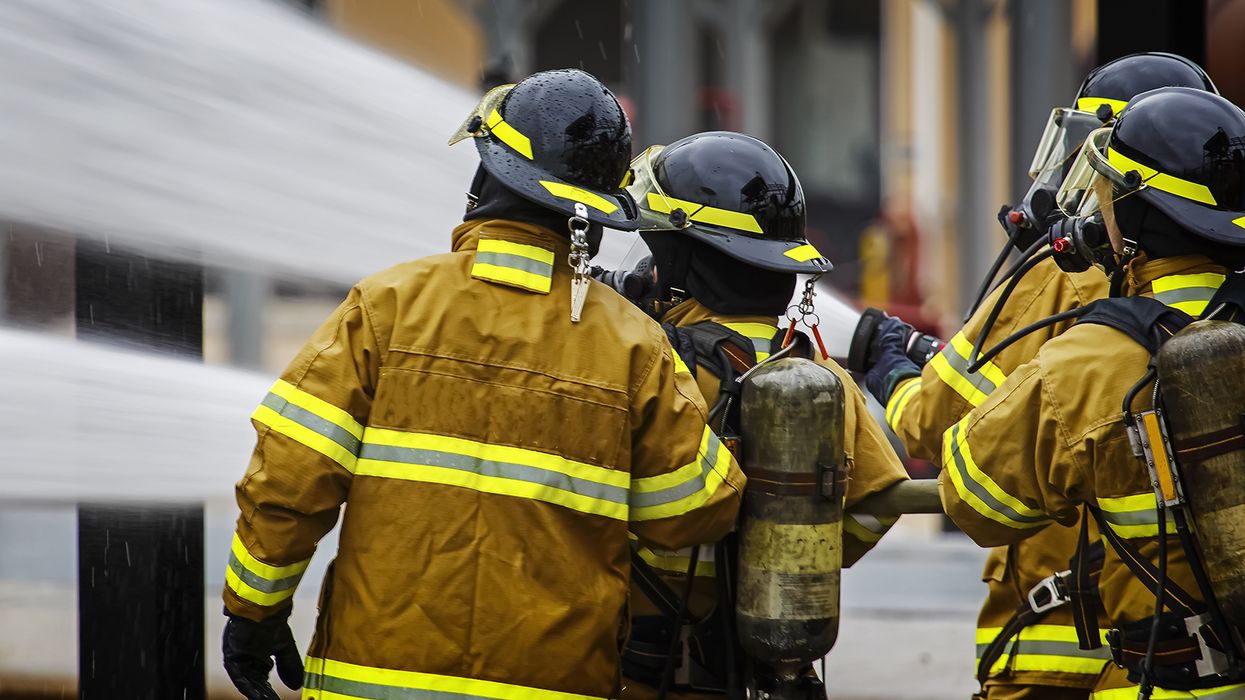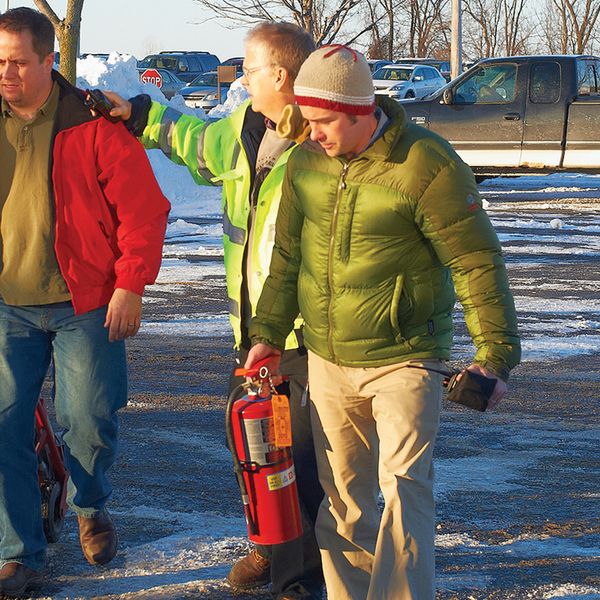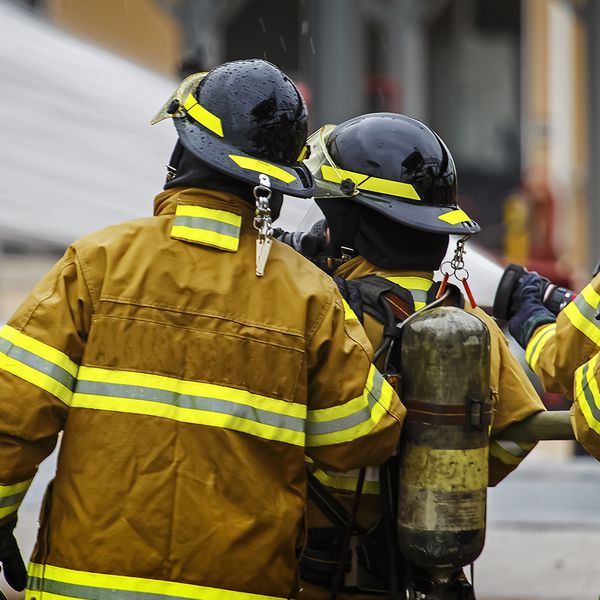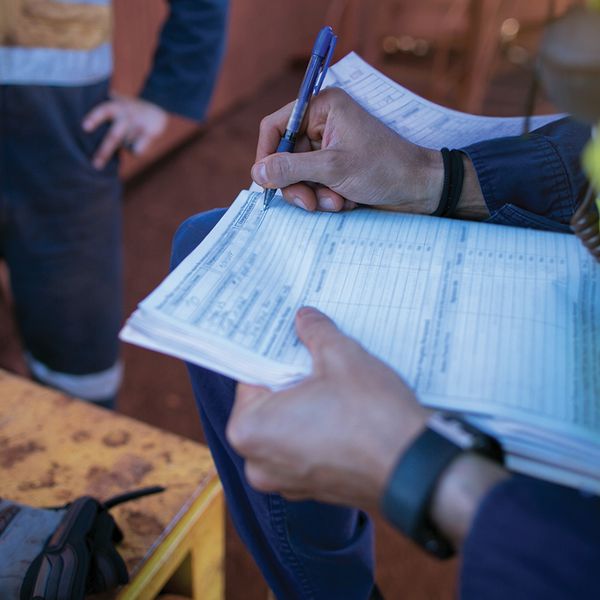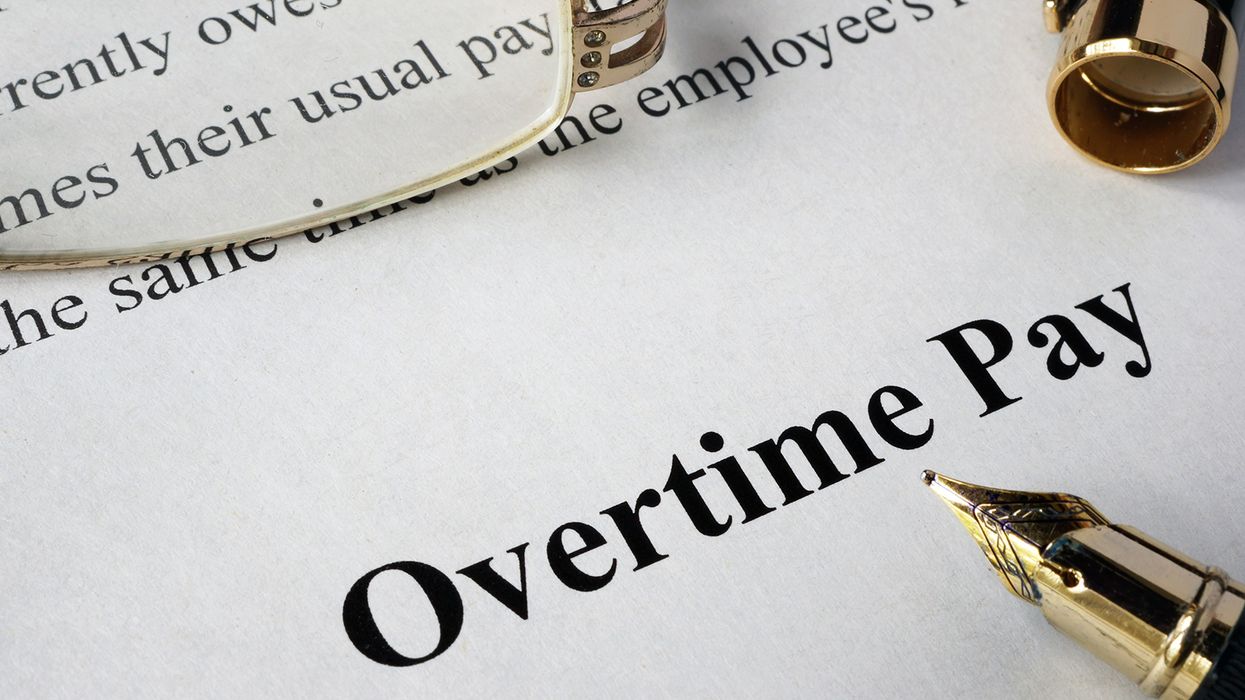You had your say! Public comment period for proposed Emergency Response update closes
The extended public comment period for OSHA’s new Emergency Response rule concluded on July 22nd. With the comment period now closed, OSHA will review and analyze the feedback received, organize public hearings if requested, and determine the next steps forward in the process.
This proposed rule aims to enhance the protection of emergency response workers by providing necessary safeguards against job-related hazards, acknowledging the evolving landscape of emergency preparedness.
Proposal details
On February 5, 2024, OSHA proposed updating the Fire Brigades standard (29 CFR 1910.156) to a comprehensive emergency response standard. This update aims to modernize regulations that have remained largely unchanged since 1980 and align them with current industry practices and national frameworks like Federal Emergency Management Agency’s (FEMA) national response framework and the National Fire Protection Agency’s (NFPA) standards.
The proposed rule mainly focuses on emergency service organizations (ESOs) with dedicated emergency response functions and employers with their own workplace emergency response teams (WERTs ). However, it also includes some provisions relevant to all general industry employers. The rule consists of seven main components:
- Hazardous waste operations and emergency response (1910.120):
- Updates personal protective equipment (PPE) requirements and appendix B of this section to align with the NFPA 1990-2022 standard for protective ensembles for hazardous materials and chemical, biological, radiological, and nuclear (CBRN) operations.
- Respiratory protection (1910.134):
- Relocates Respiratory Protection for Structural Firefighting requirements to the proposed new rule (1910.156) to consolidate firefighting-related requirements into a single standard.
- Fire protection scope, application, and definitions (1910.155):
- Proposes updating definitions for current and relevant fire protection terms and removing definitions no longer relevant to the proposed rule.
- Emergency response (1910.156):
- Adds program requirements for ESOs and WERTs, including:
- Training on job hazard analysis and PPE needs assessment.
- Determining training requirements and frequencies.
- Creating an emergency response plan and risk management program.
- Auditing operational safety of facilities and vehicle preparedness.
- Developing pre-incident plans, an incident management system, and a post-incident analysis process.
- Formulating standard operating procedures for likely emergencies in their community.
- Adds program requirements for ESOs and WERTs, including:
- Portable fire extinguishers (1910.157):
- Includes Class K fire extinguishers and wet chemical agents aligning with the current NFPA standard.
- Standpipe hose systems (1910.158):
- Ensures compatibility of sprinkler system inlet connections used by the local fire department or mutual aid response teams.
- Automatic sprinkler systems (1910.159):
- Improves coordination and compatibility of sprinkler system inlet connections used by the local fire department.
Current status
OSHA has proposed a significant update to its emergency response procedures regulations. The agency will compile and publish a summary and analysis of the feedback received on the proposal for review. Additionally, OSHA has scheduled a virtual, informal public hearing for interested parties on November 12, 2024, at 9:30 AM.
This is a critical phase in the rulemaking process. OSHA received over 3,400 comments on the rule from various stakeholders, including public, private, and volunteer emergency response organizations.
If OSHA determines to proceed, the next step will involve the development of the final rule, which will include any necessary updates to the text and information, as well as any included assessments and analyses. This stage can take an additional 18 to 36 months before the final rule is published.
Key to remember: With the closing of the public comment period, OSHA will now evaluate the responses received, hold an informal public hearing, and determine the next steps in the rulemaking process.

